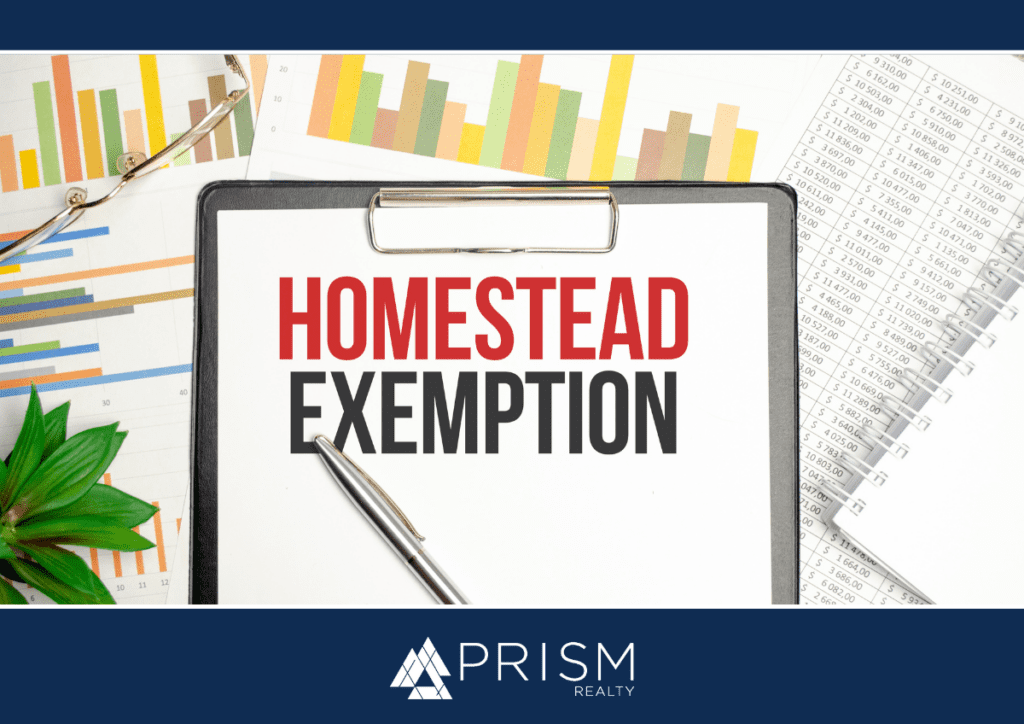Homestead exemptions give qualified homeowners a tax break on their property value. It may sound like something that could be a complicated process, but we promise it will be worth your while. Read on to see if you qualify and how to file for it.

What Is A Homestead Exemption?
A homestead exemption is a tax exemption for your home that lowers the taxable amount of your home. Depending on what your home is worth, you qualify for a certain amount of money so that you’re paying taxes on a lower amount, which will save you money each year.
How Do I Qualify For A Homestead Exemption?
To qualify for a homestead exemption, you must own and use the property as your primary residence. It can be a condominium, separate structure, or manufactured home on owned or leased land, as long as you own the property. In addition, when you file for your exemption, you must state that you are not claiming an exemption for another residence outside of Texas.
Types of Homestead Exemptions
Different factors (age, location, disability, etc.) can determine other homestead exemptions you may qualify for, such as:
- School Taxes
- County Taxes
- 65+ and Disabled Exemptions
- Disabled Veteran Homeowners
How To File
Fill out the application specific to your County Appraisal District (the county where your property is located). You will need to include a copy of your Texas Driver’s License or ID, and your address must match the property address you are filing for. Many counties offer online applications, but you will have to print and mail your application if yours does not.
- Travis County: P.O. BOX 149012, Austin, TX 78714-9012
- Williamson County: 625 FM 1460, Georgetown, TX 78626-8050
- Hays County: 21001 IH 35 North, Kyle, Texas 78640
- Bastrop County: P.O. Box 578, Bastrop, TX 78602
- Burnet County: P.O. Box 908, Burnet, TX 78611-0908
- Llano County: 103 E. Sandstone St., Llano, Texas 78643
- Bell County: P.O. Box 390, Belton, Texas 76513
If you have any questions about the process, please reach out to us! We would love to be a resource for you! For additional information and access to application forms, click here.





